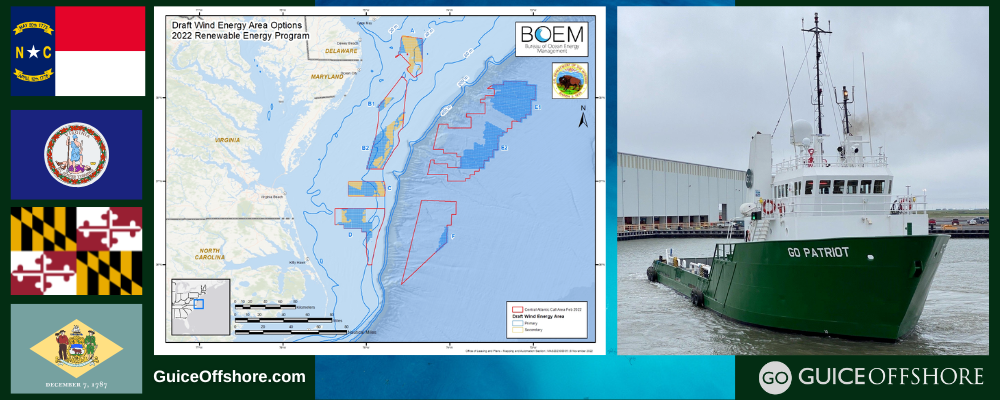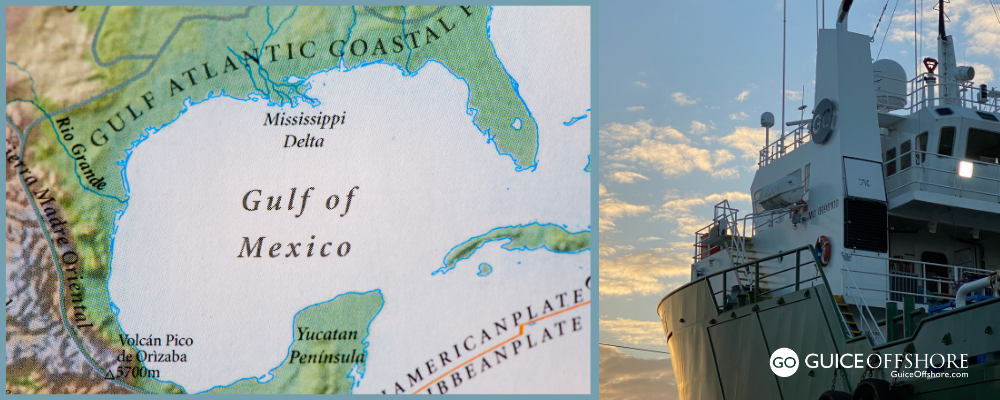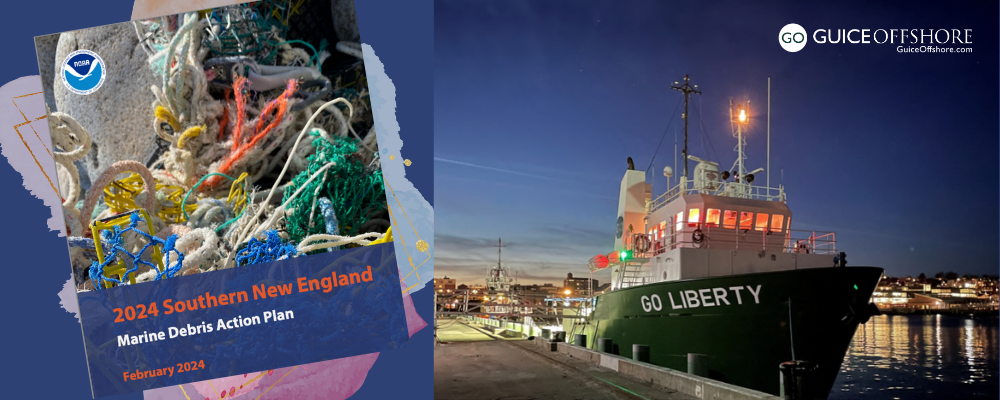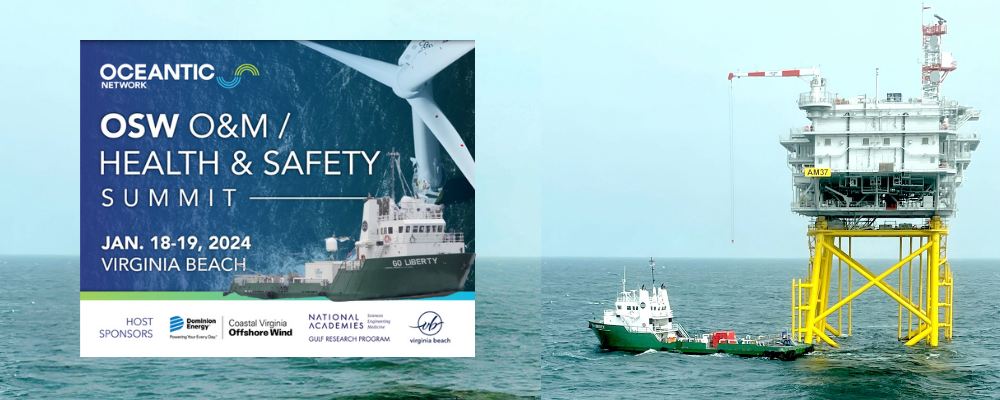Proposed Central Atlantic Offshore Wind Energy Areas Include North Carolina, Virginia, Maryland and Delaware; Comments Open Through Dec. 16, 2022
Plans for offshore wind energy are taking shape on the U.S. Central Atlantic coast with eight draft Wind Energy Areas (WEAs) identified for development. The opportunity for the public and interested parties to review the areas and submit written comments on them to the U.S. Bureau of Ocean Energy Management (BOEM) is now open until Dec. 16, 2022.
To submit comments, click here.
During the comment period, the BOEM will hold virtual meetings to engage both the fishing community and environmental organizations for the purpose of gathering more information on the WEAs and the discussion of next steps. These meetings will be open to the public and held on the following dates and times.
- Nov. 30, 2022, 12:30 p.m. ET
Register for BOEM’s meeting with fishing community and related interests - Dec. 1, 2022, 1:30 p.m. ET
Register for BOEM’s meeting with environmental organizations
The final WEAs may be further altered or reduced after incorporating feedback from government partners, ocean users, stakeholders and others. Discussion includes a potential U.S. Coast Guard (USCG) safety fairway for vessels, commercial fishing, a NASA danger zone, and marine habitat areas.
To read a draft report providing the background, methods, results, and next steps for the development of the Central Atlantic Draft WEAs, which includes an ecosystem-wide spatial suitability model developed to inform selection of wind energy areas in U.S. federal waters, click here.
The eight draft WEAs represent a subset of the original 3.9 million acres of the Call Area that the Department of the Interior announced for public comment in April 2022.
The subset covers approximately 1.7 million acres offshore of North Carolina, Virginia, Maryland, and Delaware, with their closest points ranging from approximately 19 to 77 nautical miles off the U.S. central Atlantic coast.
A map of the draft WEAs can be found on BOEM’s website.
Guice Offshore, widely considered to be the U.S Flag leader in the operation of dynamically positioned Jones Act-qualified mini-supply vessels and compact, cost-effective multi-purpose vessels for specialty markets such as offshore wind energy, is playing a pivotal role in providing one of the primary needs in the offshore wind supply chain–offshore supply vessels for a multitude of needs, including crew transfer, equipment transport and subsea surveying. Guice Offshore has worked extensively on offshore wind surveys and related jobs for several years now. Working with clients nationwide, as well as in the Caribbean and South America, Louisiana-based Guice Offshore maintains our highly capable vessels in accessible locations for quick response to myriad needs of the many industries we serve.
“As BOEM moves forward to identify wind energy areas in the central Atlantic, we continue to prioritize a robust and transparent process, including early engagement with Tribal governments, state and federal agencies and ocean users,” said BOEM Director Amanda Lefton. “We want to gather as much information and traditional knowledge as possible to help us identify Wind Energy Areas — the offshore areas that are most suitable for commercial wind energy activities while having the fewest apparent environmental and user conflicts.”
BOEM used a comprehensive process to identify the potential offshore locations that appear most suitable for renewable energy development, taking into consideration possible impacts to local resources and ocean users. BOEM collaborated with the National Oceanic and Atmospheric Administration’s National Centers for Coastal Ocean Science to use an ocean planning model that seeks to minimize conflicts.
The U.S. Department of the Interior has approved the nation’s first two commercial-scale, offshore wind projects, initiated environmental reviews for 10 additional projects, held record-breaking lease sales, and ushered in billions of dollars in private investment. This growing industry will provide Americans with cleaner energy, create thousands of good-paying jobs, and lead to billions of dollars in investment in manufacturing, shipbuilding, and support services.
For more information on the draft WEAs and the public meetings go to: https://www.boem.gov/renewable-energy/state-activities/central-atlantic.
Guice Offshore Has the Jones Act-Compliant Supply, Support and Platform Vessels To Help Meet America’s Offshore Wind Goals
In response to the March 2022 National Renewable Energy Laboratory report outlining in part the need for six types of offshore vessels in order to fulfill offshore wind power supply chain needs to reach the United States’ national offshore wind goal of 30 gigawatts (GW) by 2030, Guice Offshore (“GO”) Vice President David Scheyd said:
“Our growing fleet of Jones Act-compliant, dynamically positioned offshore supply vessels, mini supply vessels and platform vessels is well positioned to help meet our nation’s wind energy infrastructure installation and service goal deadlines, whether it’s crew transfer, service, cable laying, subsea work like scour protection or equipment transportation.”
To get a link to the report, entitled “The Demand for a Domestic Offshore Wind Energy Supply Chain,” and its concurrent U.S. Department of Energy (DOE) Office of Energy Efficiency and Renewable Energy (EERE), U.S. Department of Energy report, “America’s Strategy to Secure the Supply Chain for a Robust Clean Energy Transition,” click here: https://lnkd.in/gXMGRmqj



